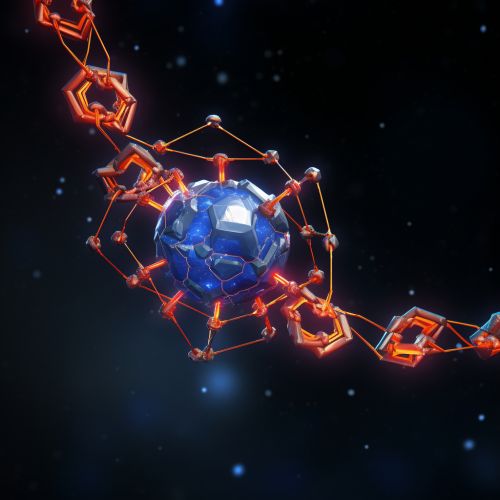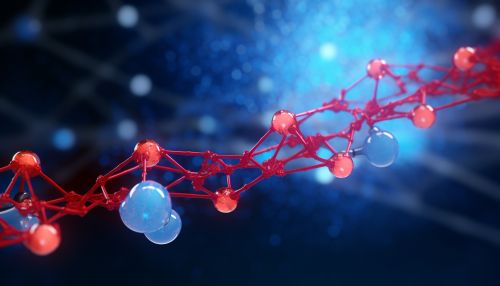Immunoglobulin G
Overview
Immunoglobulin G (IgG) is a type of antibody representing approximately 75% of serum antibodies in humans. IgG is the most common type of antibody found in blood circulation. It is created and released by plasma B cells. Each IgG has two antigen binding sites.
Structure
The IgG molecule is a typical antibody structure. It is formed by two larger heavy chains and two smaller light chains. Each IgG molecule has two antigen-binding sites and is said to be bivalent. The unique part of the antigen recognized by the antibody is called an epitope.


Subclasses
In humans, there are four subclasses of IgG. They are known as IgG1, IgG2, IgG3, and IgG4. They differ in their heavy chains, which are γ1, γ2, γ3, and γ4, respectively. Each subclass differs in its biological properties and has evolved to deal with different antigens.
Function
IgG antibodies are involved in the secondary immune response. The presence of specific IgG generally corresponds to maturation of the antibody response. IgG is responsible for long-term immunity after exposure to a disease or vaccination.
Clinical significance
Abnormal IgG levels can be seen in a number of clinical conditions. These include autoimmune diseases, infections, and malignancies. IgG antibodies are also involved in a number of immunological diseases.
